Pet obesity is one of the most preventable diseases out there, yet over half of dogs and cats around the world are overweight.
Banfield Pet Hospital saw over 1.9 million adult dogs in 2019. More than half of them were classified as overweight.
It gets worse.
According to Banfield’s yearly State of Pet Health Report, less than 10% of these dogs successfully lost excess weight following their diagnosis.
About 40% gained it back within 12 months.
“For most pet owners, food=love,” DVM Chyrle Bonk of Petkeen.com told Outward Hound in an email.
If food equals love, and overweight cats and dogs face life-threatening consequences of that love, how do veterinary professionals keep pet owners from loving them to death?
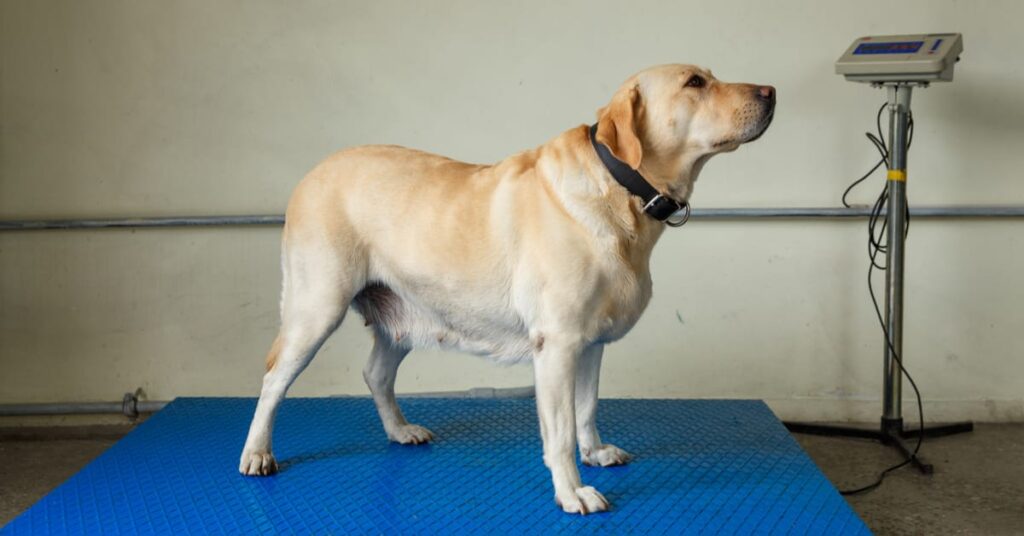
Pet obesity is a major health threat
Obesity is a gateway to a slew of health issues. Overweight dogs and cats can suffer from:
- Osteoarthritis
- Shortened lifespan
- Heart disease
- Cancer
- Hypothyroidism
- Diabetes
- Kidney disease
- Respiratory diseases
Sadly, this is something I see time and time again in my clinic. Owners are killing their dogs with kindness, feeding them excessive portions and inappropriate food, leading to obesity and serious health complications.
Dr. Linda Simon
Shortened lifespan is a proven consequence of overweight companion animals. A study of Labrador retrievers found that compared to dogs with healthy body condition scores, being even moderately overweight reduced a dog’s life expectancy by almost two years.

Obese pets suffer medically and emotionally
A study published in The Veterinary Journal found that in addition to health problems such as high blood pressure and osteoarthritis, overweight pets suffer emotionally.
Participants of 50 obese dogs were evaluated before and after weight loss to determine their health-related quality of life.
Before shedding the extra pounds, the dogs scored poorly in pain, vitality, quality of life, and emotional disturbance. After weight loss, scores improved.
The good news is that when dogs reach a healthy, ideal weight, the emotional consequences of canine obesity lessen. It’s up to the dog owners, however, to commit to helping them live a healthier lifestyle.
Unfortunately, this doesn’t negate the fact that a disturbing amount of pet owners are not following through with their pet’s weight management.

They know the facts. So why do people still overfeed their pets?
“Most owners who I talk to openly admit that they know their dog should be slimmer,” Dr. Linda Simon, veterinary surgeon, and consultant for FiveBarks told Outward Hound.
Even with education on the dangers of obesity and excess weight gain by veterinarians, some pet owners still have a hard time gauging just how overweight their pet is.
Chyrle Bonk, DVM
With pet obesity being so common, it becomes harder for people to recognize what a healthy body weight looks like. Pet owners should refer to a body condition score chart like the following from the World Small Animal Veterinary Association Global Nutrition Committee (WSAVA):
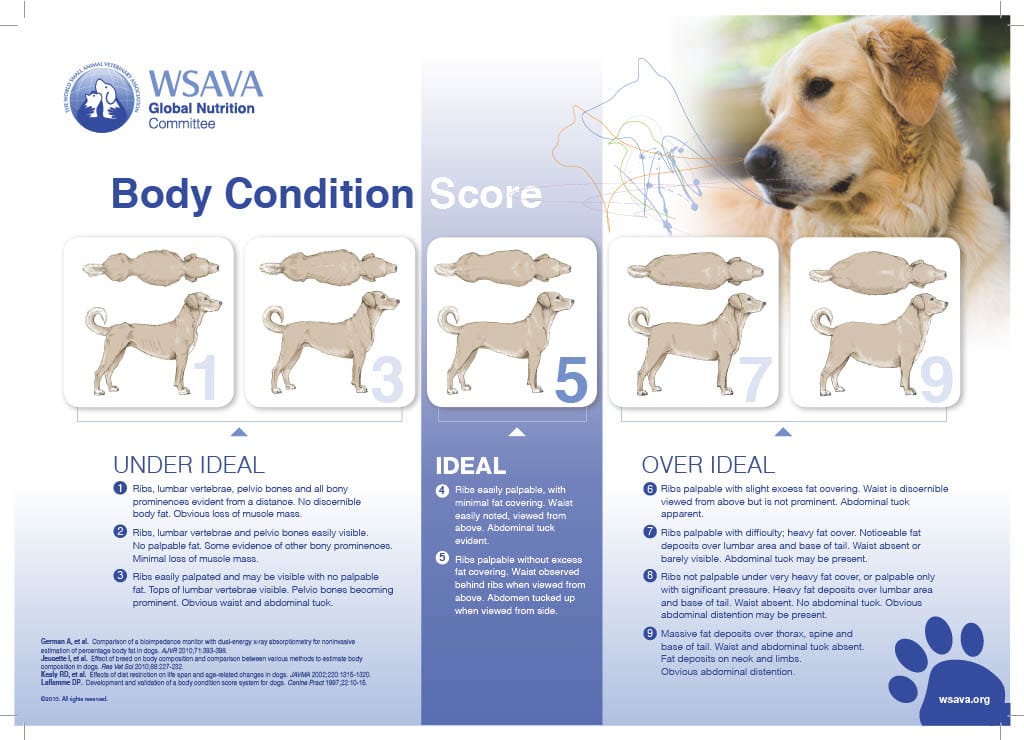
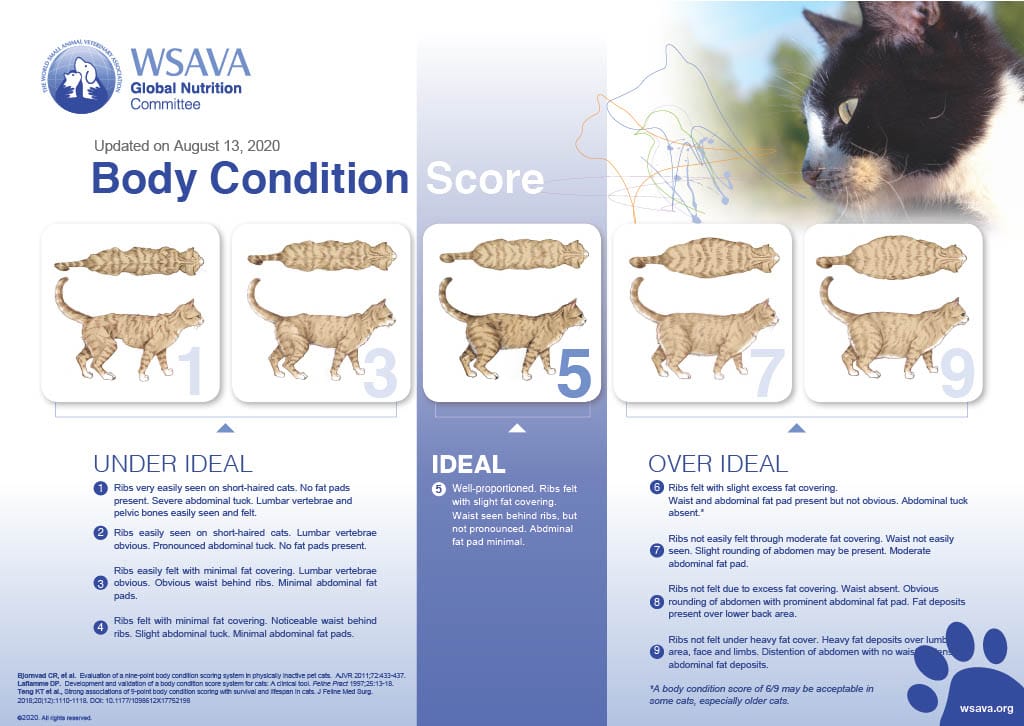
Most human beings have good intentions. Whether pet parents just want to show love, feel guilty, or give in to those big, adorable eyes their pet makes in order to get more treats, they aren’t intentionally deteriorating their quality of life.
Convenience & compensating for guilt
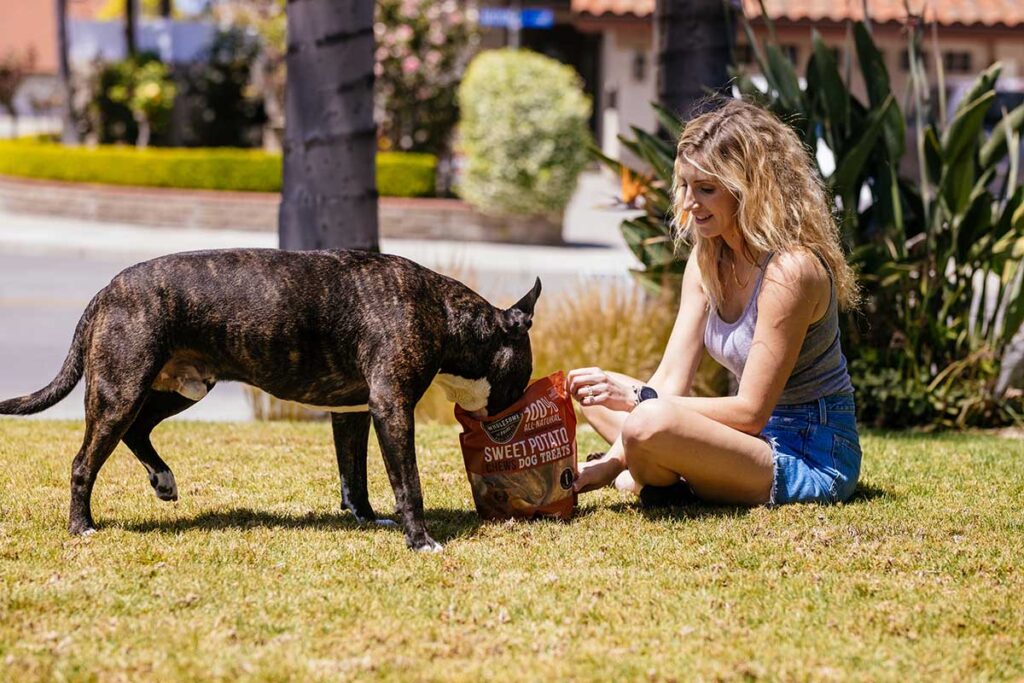
The main reason that people overfeed their pets everything from dog treats to table scraps, in spite of their veterinarian’s advice, is because they “simply want their pet to feel happy,” said mental health expert Emily Mendez M.S., Ed.S. of The Ohana Addiction Treatment Center.
“When their pooch begs for food, the owners give in, believing that they are helping their pet …Ignoring a dog that is begging for food feels a little like neglecting them, and pet owners feel guilty about doing this.”
It’s a hard habit to break, especially when the act of giving in awards both parties that fleeting dose of dopamine.
“As a species, we are programmed to nurture and care for others,” explained Dr. Simon. “We get pleasure from seeing our loved ones eat the food we provide and enjoy it.”
That deep loving bond humans have with their pets, however, does not benefit anyone in the long term when it comes to overfeeding.
Veterinarian and animal behaviorist Paola Cuevas Moreno of Excitedcats.com told Outward Hound that humans tend to choose convenience over anything else:
“A wagging tail gives us instant gratification in the same way a candy does. And instant gratification is way easier than the sustained longer effort it takes to develop a new healthy habit.”
From family pet to family member
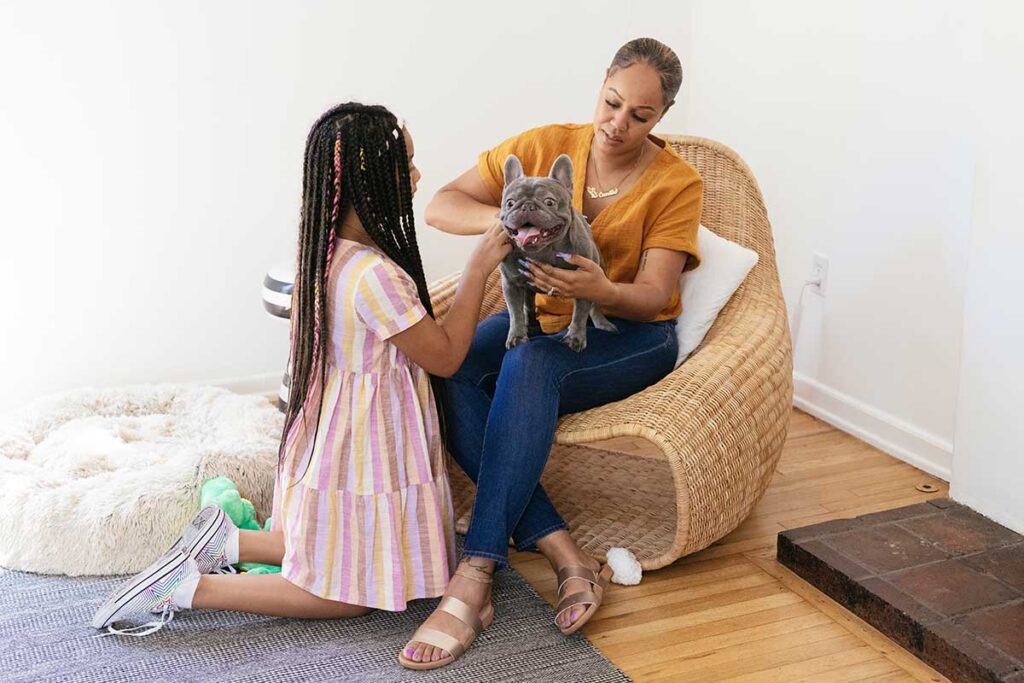
As the human-animal relationship developed, the role of the family pet shifted. Most humans see their pets as family members, not property.
It’s hard for pet parents to ignore how happy their fur-kids get from a simple table scrap or extra treat. Unfortunately, that kind of instant gratification has long-term consequences.
Speaking from experience, Dr. Simon told Outward Hound:
“Sadly, this is something I see time and time again in my clinic. Owners are killing their dogs with kindness, feeding them excessive portions and inappropriate food, leading to obesity and serious health complications.”
Dr. Deborah Linder, a board-certified veterinary nutritionist and head of the Tufts Obesity Clinic for Animals, stresses the importance of addressing the human-animal bond in these situations.
She writes:
“There’s a deeper emotional and psychological bond that was not as common when the family dog was just the family dog. If vets can spot an overindulgent pet parent, perhaps we can help them develop strategies to avoid expressing love through food.”
Environmental & socioeconomic factors
It’s not just treating pets like family that makes it difficult for pet owners to follow their vet’s instructions.
A 2010 epidemiological study of environmental factors associated with canine obesity found that the age of the owner, personal income, and amount of food and exercise the dog receives play a part as well.
Researchers found, for example, that families in lower-income brackets have significantly less awareness about the health risks associated with both animal and human obesity.
Now what?
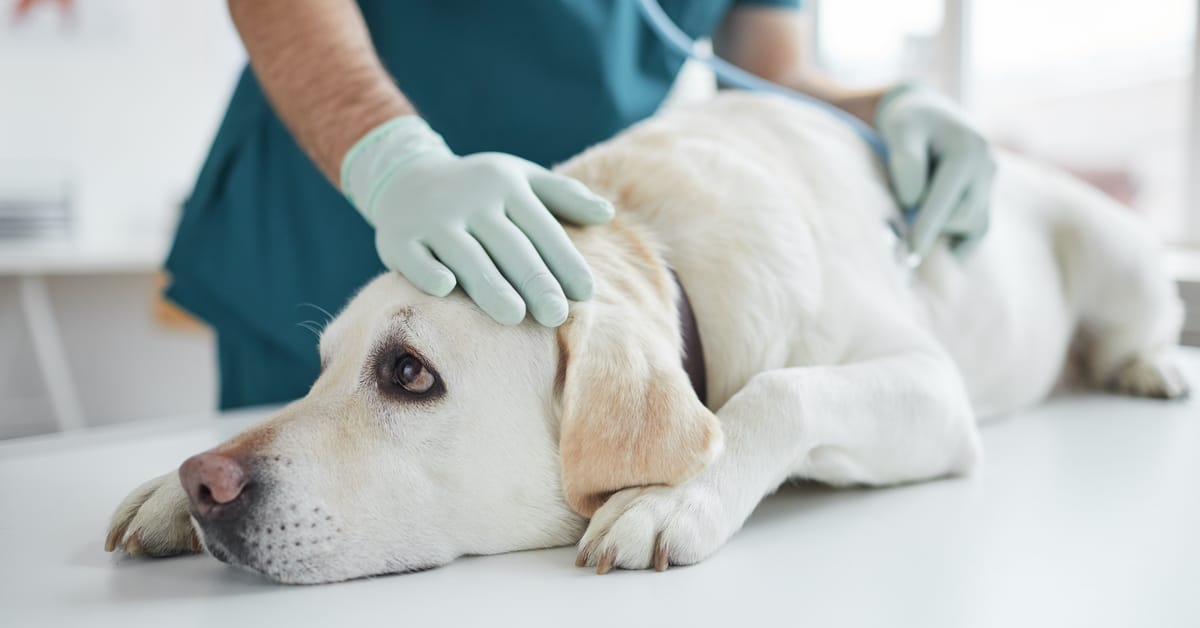
Due to the diverse amount of factors that lead to obesity, there needs to be a multifaceted approach to pet owner education that goes beyond nutrition.
Citing the study, “Obesity and Associated Comorbidities in People and Companion Animals: A One Health Perspective,” Dr. Linder suggests veterinarians, physicians, social workers, and psychologists work together.
With “… equal, inclusive collaborations between practitioners and researchers working in human and veterinary healthcare,” one can tackle the obesity crisis from all angles — in both humans and their companion animals.
For more information on the pet obesity epidemic and for tools you can use to help keep your pet at a healthy weight, visit the Association for Pet Obesity Prevention’s (APOP) website.

